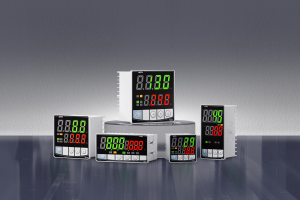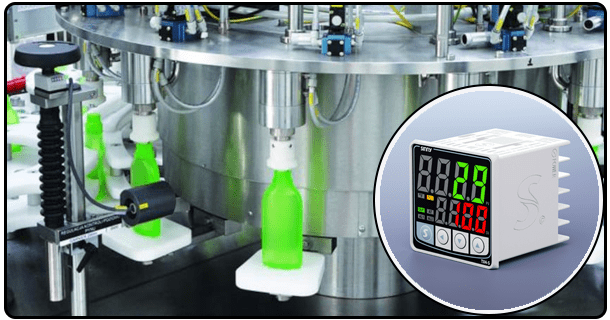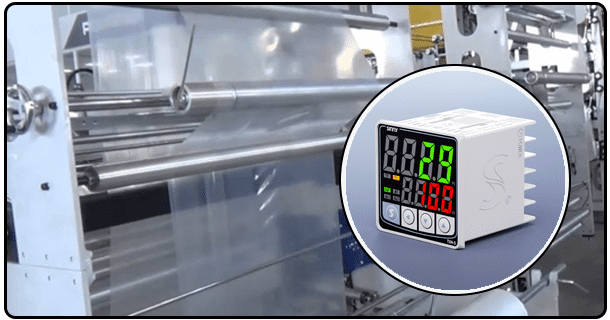The Complete Guide to How To Tune A PID Controller In Simulink
1. Introduction
1. Click Here to Open Your Model
Open your Simulink project that contains the PID block. The PID controller block is crucial for the control of the dynamic system in your model. Make sure that the inputs and out put are correctly connected.
2. Add Dashboard Scope
A dashboard scope is an important steap to visualize the response of your system in real-time. Dashboard scope is a graphic representation of important variables such as process variable, control signal, and setpoint. The PID controller's effect on the behavior of the system is visualized in this visualization.
3. Initial PID settings
Replace the default gain settings with your initial guesses before tuning the PID. Initial settings may be determined by prior system knowledge or tuning standards such as Ziegler-Nichols. The initial settings are a good starting point to begin the tuning process.
4. Run Simulation
Simulate the response of the system with initial PID settings. Analyze system behavior by focusing on performance metrics like overshoot and steady state error. The initial simulation is a benchmark for tuning.
5. PID Tuner Open
To open the PID Tuner, double-click on the PID Controller block. Then click the Tune button. Simulink's PID Tuner facilitates tuning by offering a simple interface to adjust PID parameters. The PID Tuner uses model-based methods to suggest the optimal gain value.
6. Set Parameters
The PID Tuner allows you to change the robustness and response time of your system by using the sliders. You can manipulate interactively the integral, derivative, and proportional gains using the PID Tuner. While you change these parameters, pay attention to the response of the system. Focus on the reduction of overshoot and minimization of settling times, as well as achieving your desired steady state error.
7. Update Block
Click the "Update Block button" to add the PID controller parameter to your model. The optimized settings will be saved for future simulations.
8. Verify the Response
Repeat the simulation to check the response of the system with the PID tuned parameters. The simulation data inspector allows you to compare the responses of the system with the tuned parameters. The comparison allows you to evaluate whether the tuning has been successful and if any adjustments are needed.
Simulink's PID tuning is a systematized process consisting of several steps that each contribute to the performance of the entire control system. Follow the steps outlined to achieve optimal tuning for your PID Controller, which will improve system performance and stability. Simulink’s PID Tuner makes tuning easier by using an interactive model to find the optimal PID parameters.
References
MathWorks documentation on PID controller tuning
Simulink & MATLAB: How to automatically tune PID controllers
J. Laghari explains how to tune a PID controller in MATLAB SIMULINK. A. Laghari
Starting with Simulink: Part 4: Tuning a PID controller
Step-by-step instruction and real-world examples will show you how to fine-tune a PID Controller in Simulink. Follow our guide to achieve optimal performance.























